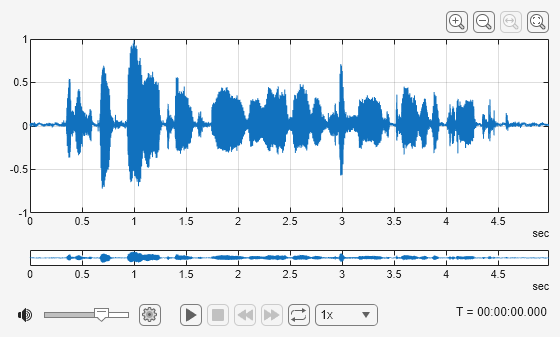openl3Preprocess
Syntax
Description
features = openl3Preprocess(audioIn,fs,Name=Value)features =
openl3Preprocess(audioIn,fs,OverlapPercentage=75) applies a 75% overlap
between consecutive frames used to generate the spectrograms.
Examples
Input Arguments
Name-Value Arguments
Output Arguments
References
[1] Cramer, Jason, et al. "Look, Listen, and Learn More: Design Choices for Deep Audio Embeddings." In ICASSP 2019 IEEE International Conference on Acoustics, Speech and Signal Processing (ICASSP), IEEE, 2019, pp. 3852-56. DOI.org (Crossref), doi:/10.1109/ICASSP.2019.8682475.



